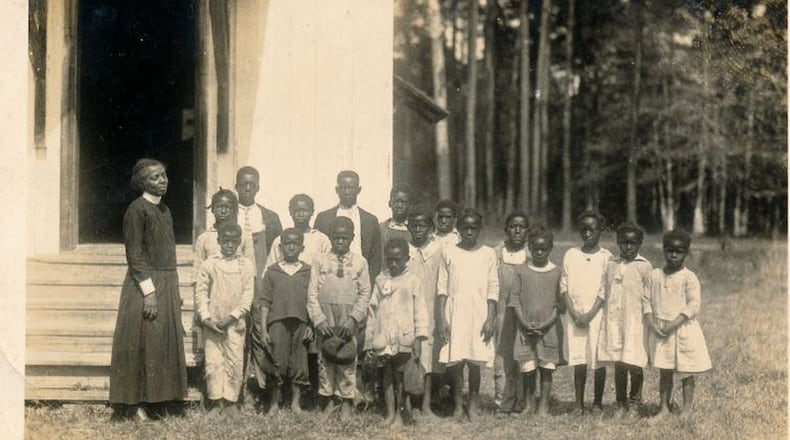Deaconess Anna Ellison Butler Alexander used God and education as ways to improve lives in coastal Georgia.
Alexander was the youngest of 11 children born to James and Daphne Alexander, who were once enslaved on the Butler Plantation in McIntosh County. Her birth year is not clear, but it is generally believed that she was born the year the Civil War ended or immediately after.
Life was hard, but the Alexanders were determined to improve the lives of their children. After they were freed, the family moved to Pennick, Ga.
Her father, a skilled builder, was trained as a house servant but was also responsible for arrangements when plantation owner Pierce Butler traveled. He taught himself to read and write using the Bible and the Book of Common Prayer as spiritual and educational foundations to make sure his children learned as well.
Eventually, she would become the only African-American set aside in the order of deaconess in the Episcopal Church.
In her earlier life, though, Alexander was a public school teacher. But she found the education that children received was lacking, according to a documentary about her life.
She joined two of her sisters at St. Cyprian’s Church in Darien.
To serve people at St. Cyprian’s in Darien, she would walk 15 miles and row along the Altamaha River.
Related: Fannie Farmer: With strict measurements, she revolutionized cookbooks
Related: Mary Musgrove: Liaison between colonial Georgia and Native Americans
Alexander founded the Good Shepherd Church and built a two-room school next door, paving the way to educate generations of the area’s students, according to the Episcopal Diocese of Georgia.
According to the diocese, “her congregations were segregated in 1907 and African-American congregations were not invited to another diocesan convention until 1947. Similarly, it was only in the 1950s that a woman set aside as a deaconess was recognized as being in deacon’s orders. However, her witness — wearing the distinctive dress of a deaconess, traveling by foot from Brunswick through Darien to Pennick, showing care and love for all whom she met — represents the best in Christian witness.”
Related: Sister Rosetta Tharpe: She influenced key rock 'n' roll artists
Related: Mary Chesnut detailed the Civil War, flaws and all
But her attention was not just in that area.
In 1923, an earthquake struck the cities of Tokyo and Yokohama in Japan, killing more than 200,000 people. Alexander sent money to help the victims. She also made sure Sunday school students contributed their meager fund to help those suffering from hardship and hunger.
In 1998, she was named a “Saint of Georgia” by the Diocese of Georgia with a feast day on Sept. 24. In 2015, the Episcopal Church voted to include Alexander in Holy Women, Holy Men at its General Convention in Salt Lake City.
Alexander served the church in coastal Georgia for more than 60 years before she died in 1947.
Go to myajc.com/womens-history for the whole Women’s History Month series and for more subscriber exclusives and videos.
About the Author
Keep Reading
The Latest
Featured



